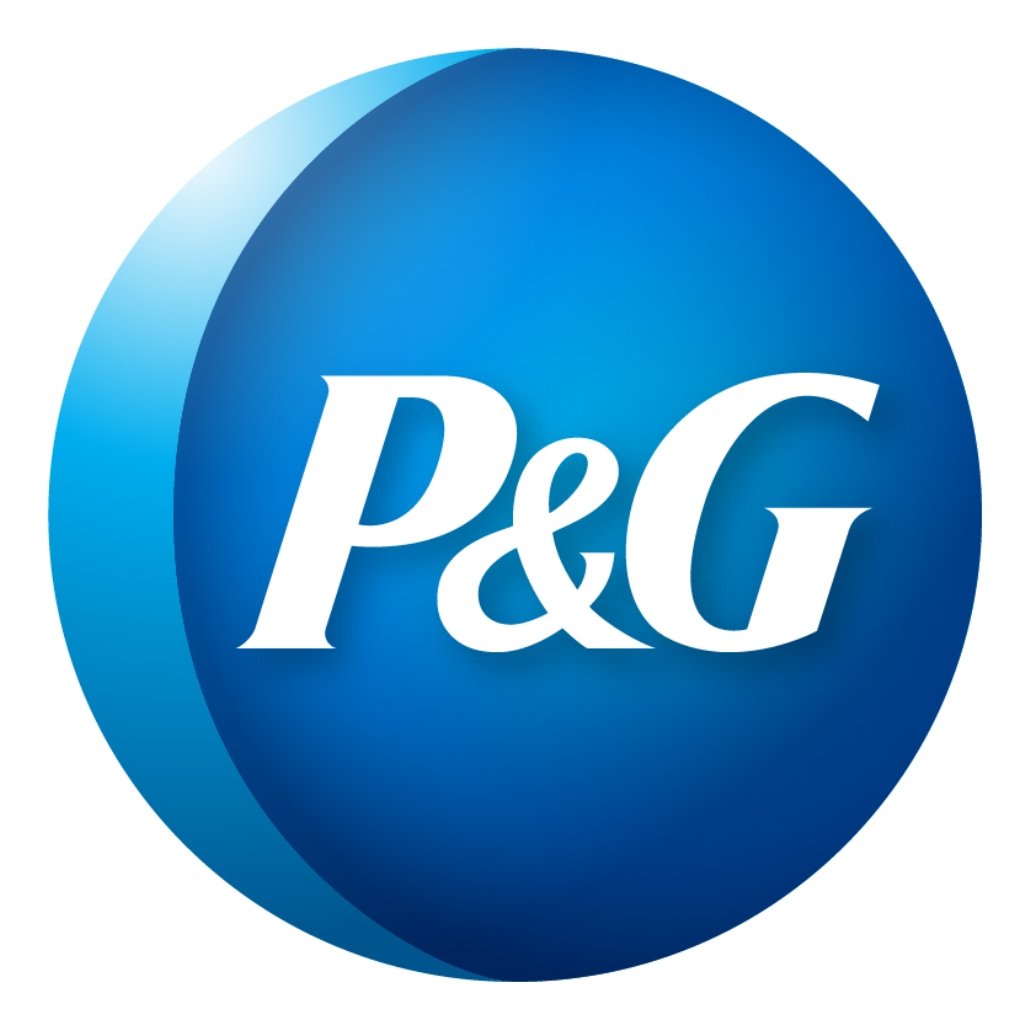

Procter & Gamble Co. (NYSE: PG) dropped less than half a point from its share price last week, enough to keep a grip on the company’s ranking as the worst-performing Dow Jones industrial average stock of this year. So far in 2018, the shares have lost a fraction over 20%. This is P&G’s seventh consecutive week as the Dow’s worst stock for the year.
The second-worst Dow stock so far this year is General Electric Co. (NYSE: GE), which is down 19.2%. That is followed by Walmart Inc. (NYSE: WMT), down 16%, 3M Co. (NYSE: MMM), down 15.2%, and Johnson & Johnson (NYSE: JNJ), down 13.2%. Losers outnumber winners for the year to date on the Dow by a score of 19 to 11.
The Dow dropped almost 118 points over the course of the last week to close at 24,635.21, down about 0.5%. For the year to date, the consumer staples sector has dropped about 13.5%, the worst among the 10 market sectors.
The consumer staples sector has struggled for a few months now. Typically a defensive sector, staples are particularly attractive when bond yields are low. P&G, for example, pays a dividend yield of 3.94% at Friday’s closing price.
The 10-year U.S. Treasury broke through the 3% yield barrier in late April and reached a peak of about 3.12% on May 17. Friday’s closing quote was 2.9%. P&G looks a lot more attractive with that full-point difference.
The yield on 10-year Treasuries began climbing in January, and P&G’s stock began falling. The gain in the yield on 10-year Treasuries since January is nearly 18%, not far from the 20% decline in P&G stock.
Procter & Gamble stock closed at $73.45 on Friday, up about 0.4% for the day, in a 52-week trading range of $70.73 to $94.67. The 12-month consensus price target on the stock is $81.55, unchanged from the prior week, and the forward price-to-earnings ratio is 16.43.
Essential Tips for Investing: Sponsored
A financial advisor can help you understand the advantages and disadvantages of investment properties. Finding a qualified financial advisor doesn’t have to be hard. SmartAsset’s free tool matches you with up to three financial advisors who serve your area, and you can interview your advisor matches at no cost to decide which one is right for you. If you’re ready to find an advisor who can help you achieve your financial goals, get started now.
Investing in real estate can diversify your portfolio. But expanding your horizons may add additional costs. If you’re an investor looking to minimize expenses, consider checking out online brokerages. They often offer low investment fees, helping you maximize your profit.
Thank you for reading! Have some feedback for us?
Contact the 24/7 Wall St. editorial team.
 24/7 Wall St.
24/7 Wall St.


